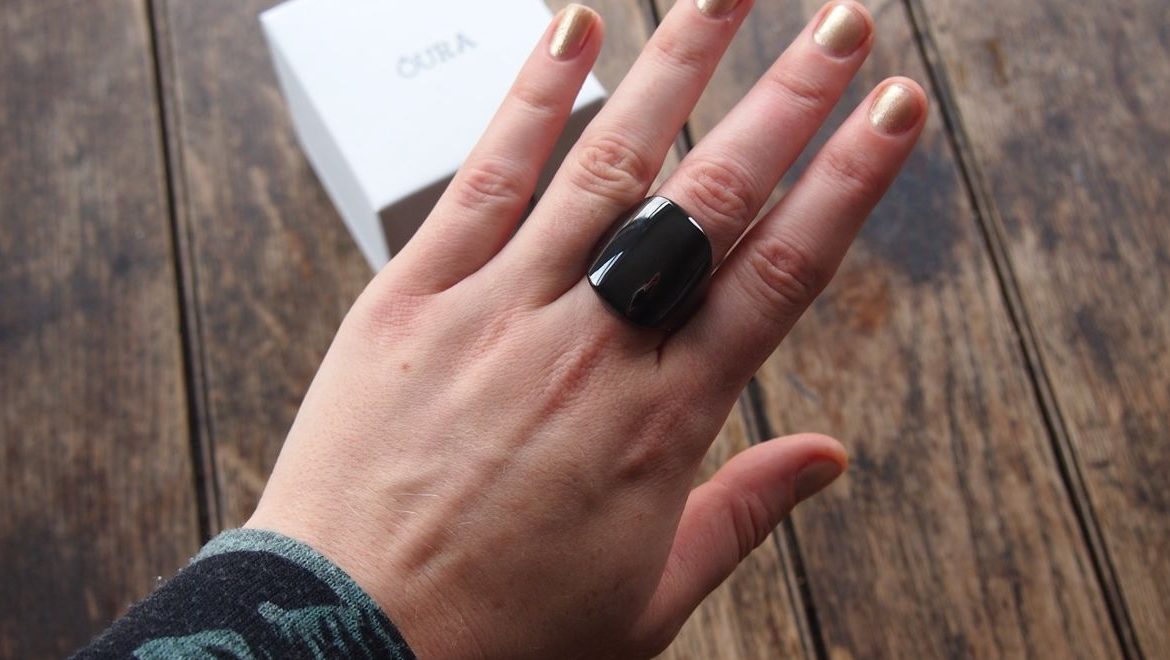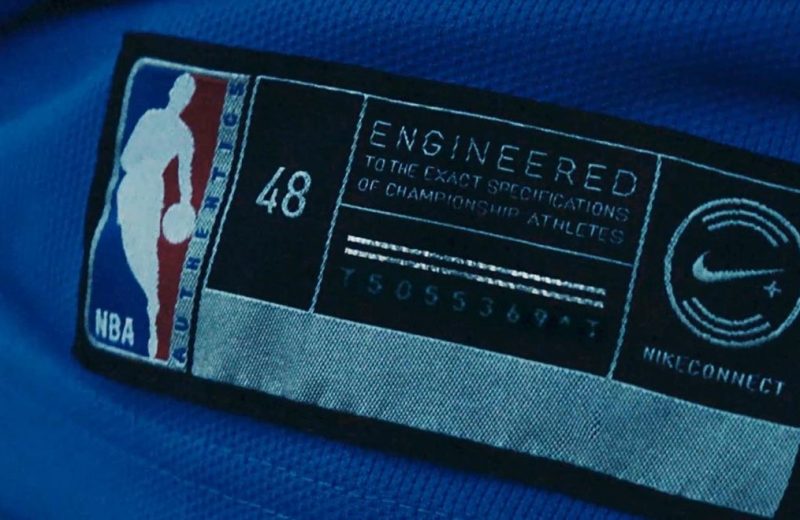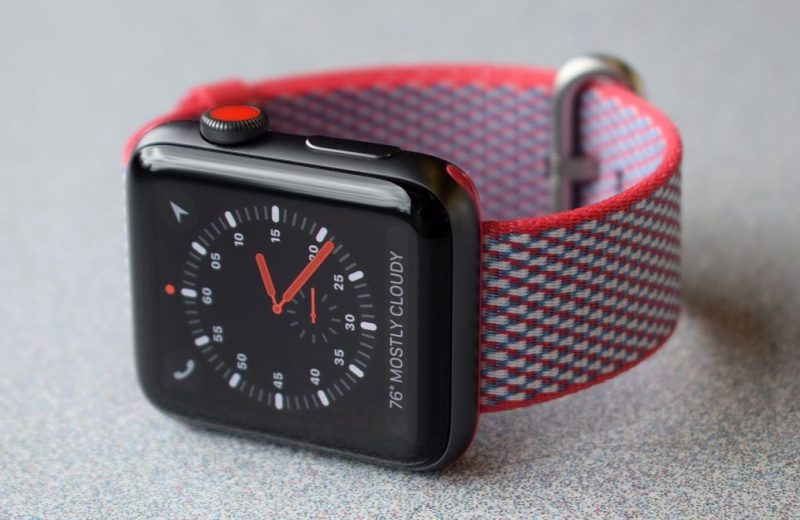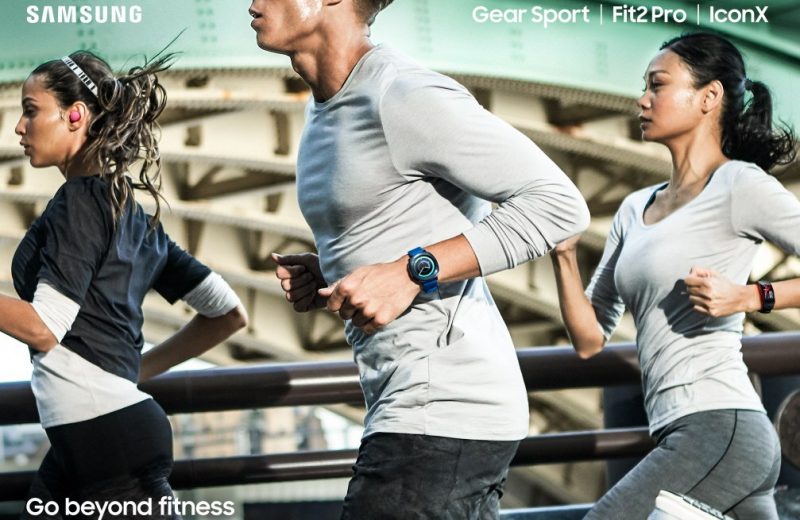Could this be the ring that makes smart jewellery shine?
Over the past few years, the smart ring market has experienced lots of false starts, whether that’s been due to hardware hold-ups, legal issues or just the fact they’ve proven to be notoriously difficult to get right for mainstream consumers.
But after the rise and fall of hyped brands, like Smarty Ring, Fin and Nod, a number of companies have stuck around that promise smart rings with true staying power. That means highly accurate data tracking, valuable insights and, most importantly, a design you’ll actually want to wear.
----------------------------------------------------------------------------------------------------------------------------------------
Advertisment
Download some really cool apps from superhitapps to find charming people to chat & date. Hugely popular among females, some apps are offering 1 Month FREE chat for new female members.
----------------------------------------------------------------------------------------------------------------------------------------
One smart ring that ticks all of those boxes is Oura.
Initially a Kickstarter project, Oura stands out due to the amount of data it can track, from your daily activities through to your heart rate and breathing. But then again, with a €329 (around $400 price tag, you’d expect it to pack a punch.
It’s exciting to be able to collect all of that data from your finger. But let’s not forget that when it comes to tech habits, it’s still mostly uncharted territory. It’s hard to know whether wearing a smart device on your finger that’s bulkier than most regular rings is worth it for the health insights pay-off or too cumbersome and bulky regardless of what it’s tracking.
As with all wearable tech it’s likely to be highly subjective (we’ve found smart ring design to be polarising in the past), but here’s my verdict on the Oura ring.
Oura Ring: Design

As much as tech should be judged on its functionality as much as its design, we all know they’re often both just as important when it comes to wearables. We want devices that look good on our wrists, which is why the simple and understated designs from Fitbit and Misfit are often deemed the most appealing. On our hands it matters even more because you can’t slip a chunky ring under your sleeve – there’s nowhere to hide.
Luckily the Oura is a sleek and futuristic-looking ring made from a ceramic compound called Zirconia, or ZrO2 if you want to get technical. That’s right, it may look metallic and feel weighty, but it’s not made of metal. There are likely a whole range of reasons why this material was chosen, but the ones that stand out for me the most after a few weeks of use are the fact it’s waterproof up to 50m, feels comfortable, it’s non-allergenic, and it’s durable.
I really can’t stress that last point enough. Despite its high-shine finish, which I was getting nervous about scratching as soon as I opened the box, after a fortnight of near-constant wear on a very clumsy person’s hand it looks as good as new. I’ve worn it in the bath, in the shower, to the gym, I dropped it on a tiled floor when I was showing a friend the sensors on the back and I’ve knocked it against more things than I can count.

By smart ring standards, the Oura looks great. It’s bigger than a regular ring, but its smooth, curved edges meant most people mistook it for just a bold jewellery choice. When it comes to colour choices, I received an Oura in Mirror Black, which is essentially a high-shine dark grey. But you can also get it in Arctic White, a bright white shade or pay €549 (roughly $655 for Stealth Black, which is a matte black option.
It’s worth noting that when I first put the Oura on it felt big and heavy. Interestingly, I chose to wear it on my index finger at first – you receive a testing kit to get this right, because as you’d expect it’s really, really important. I then moved it to my middle finger after a week and it feels much more natural there. Luckily after a few days I’ve forgotten I have it on, well, until I smash it against a table when I’m talking animatedly with my hands.
The lesson here is to give any tech you need to actually wear on your body plenty of time to feel ‘right’. But I can’t guarantee that oh-god-it’s-too-big feeling that made me want to take it off straight away will disappear for everyone.
Oura Ring: App and features

When I first opened up the Oura app, I was surprised by how minimal it was for the price of the ring. Fast-forward a few weeks and I’m still torn as to whether the app’s dashboard is great because it’s so simple or is lacking to say the ring itself is so damn smart.
If you find yourself overwhelmed by data, the Oura is simple in the way it presents you with three categories: Sleep, Activity and Readiness. Click on each and you can then drill down into more information.
For example, Sleep presents a bar graph showing how you’ve slept over the past week, with each bar divided up depending on amounts of Awake time, REM Sleep, Light Sleep or Deep Sleep. You can see a detailed breakdown of each day underneath, as well as another bar chart breaking down your Total Sleep, Efficiency, Disturbances, Sleep Latency and more.
For sleep tracking geeks this is heavenly. You can delve into the data, compare it day-to-day and see how your resting heart rate varies throughout the week.
It’s worth pointing out that there’s no way to share all this great data, whether that’s exporting your data and graphs or connecting up with friends. For me this was fine, I’ve never been one for caring about where I am on the Misfit and Fitbit leaderboards.
Oura has recently launched Oura Cloud, which is a way of accessing all of your data and getting a better look at it outside of the app. If you’re a die-hard data fan and love digging into your stats, this will be for you.
The Activity section is similar to the experience you’d get with other apps, with information like your daily Activity Burn, Steps and graphs to illustrate it all. But Readiness is a little different. As you’d expect, this is how ‘ready’ for the day the Oura ring determines you to be based on your previous night’s sleep, the type of sleep, what you did the day before, your body temperature, your resting heart rate and your recovery index.
I’m sure some people would be fascinated by this score and find it really motivating, I certainly was when mine was high. The problem? When your score is low you’re effectively being told you’re not ready for the day.
Now depending on your mindset this may not make much difference to your day. In fact it could push you to work even harder. But studies about sleep tracking have shown that sometimes being told you’re not prepared for the day or you slept badly can negatively impact your mood and performance.

As you can imagine, what would make this data more beneficial is if Oura provided really solid recommendations after it’s served up your results. That way a not-so-ideal Readiness score could be turned around by actionable steps you can take to make sure your performance doesn’t suffer because of your lack of rest – or any other factors.
Right now there’s a constant stream of feedback as soon as you open up the app, which highlights how you slept, how well you’re performing and tells you about average sleep cycles and activity. Right now, though, these insights feel a little generic and need to be better customised and actionable. This is something the Oura team is actively working on, as a spokesperson told me: “We are working on improving the personalisation of the insight to better reflect an individual’s chronotype and circadian rhythms.” I’m really interested to see how the experience changes with these more specific insights and how Oura might integrate with other apps, services and tech further down the line.
Oura Ring: Tracking and sensors
During the day, Oura monitors the intensity and duration of your activities via its accelerometer. I found this data to be as accurate as most other higher-end wearables and the breakdown of information within the Activity section of the app to be a little more insightful than most experiences too.
That said, the heart rate monitor isn’t used for heart rate or HRV for workouts and it doesn’t seem that Oura has any plans to implement this. Battery life would obviously be completely different but it’s worth noting that the $199 Motiv ring – which I’ll be testing very soon – has an optical heart rate sensor that does active heart rate as well as sleep tracking. Motiv also claims a five day battery life.
Where the Oura really shines is at night. Here, it continuously monitors your heart rate with PPG (photoplethysmography), which uses an LED transmitter and receiver to measure the arteries in your finger and figure out heart rate variability, pulse amplitude and respiration rate. It also measures your temperature and combines all of this data to paint an extremely accurate and detailed picture of how you sleep.
The accelerometer is location within the ring itself, but the LED transmitter and receiver is located on the underside of the ring and feels like little bumps. These are comfortable and I felt kept the ring firmly in place, especially when my hands got hot and sweaty at the gym during a pretty intense HIIT class.
Oura: Battery life

The Oura’s battery life was around three and a half days, a little longer when I first used it, a little shorter when it came to the third charge. For me this felt slightly short and, despite the fact Oura sent me a notification reminding me, I forgot to charge it a few times because I left its charging station at home. Then again, there isn’t a lot to compare this too when it comes to smart rings.
To charge the Oura, you click it into place onto its charging station and wait for the light to come on. It usually took a few hours to reach its full capacity and the app is really good at notifying you of remaining battery life and reminding you to juice up so no complaints there.










